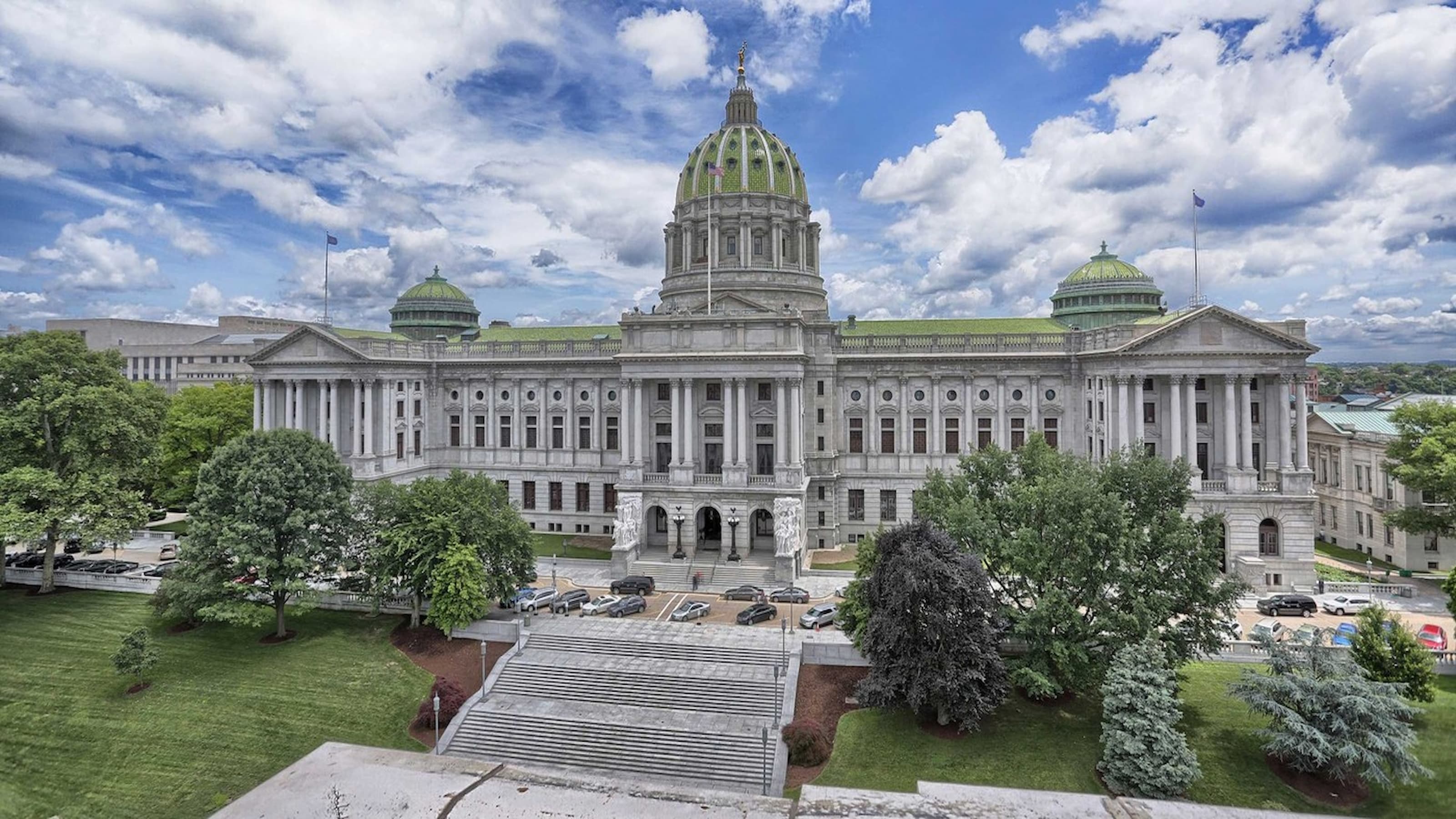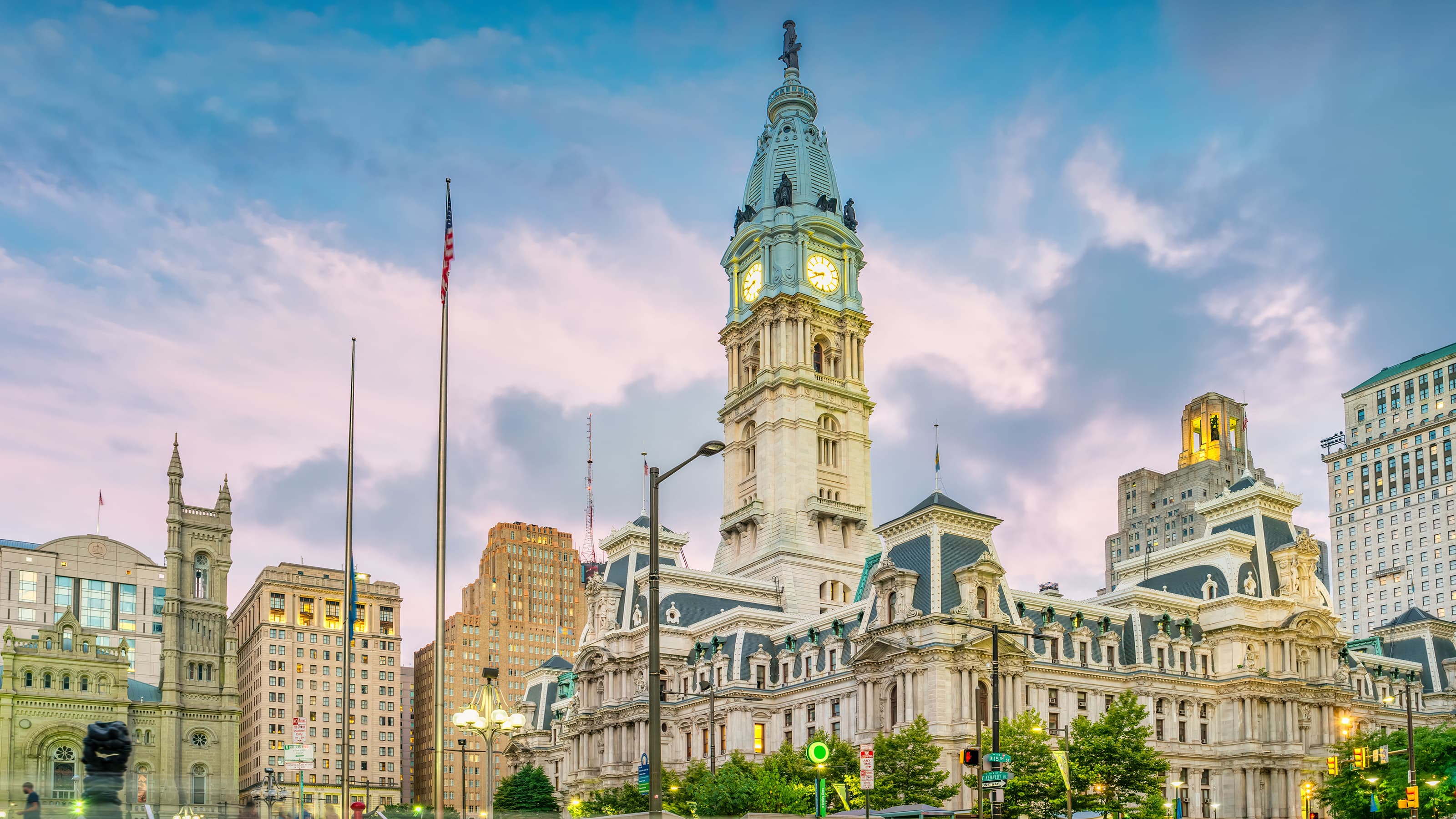Holiday Shopping During the Trade War
Tariffs on Chinese goods are going to make shopping for clothing, toys and electronics more expensive. But SJU economist Benjamin Liebman, Ph.D., explains that strategic timing is keeping the holidays affordable.

As the U.S. government wages the largest trade war since the 1930s, millions of American consumers camped out on Thanksgiving night to be first in line for shopping Black Friday bargains, with even more shopping from the comfort of their own home.
This past Black Friday and Cyber Monday were the two largest online sales days ever, with $7.4 billion and $9.4 billion being spent respectively. Overall, consumers spent a record $68.9 billion between Thursday and Monday — signaling a healthy start to the holiday shopping season.
The logic doesn’t quite add up: How do ongoing tariffs being imposed on China coexist with one of the biggest shopping weekends in American history? The answer, according to Benjamin Liebman, Ph.D., professor of economics, lies within strategic planning on the part of the Trump administration.
“The tariffs have been implemented in different phases. The last round that will hit has been staggered by the administration in a way that the intention is that they won’t hurt consumers very much during the holiday season.”
The administration implemented three rounds of tariffs, affecting over $500 billion of Chinese imports and consumer goods, including clothing, toys and electronics. The last round will be implemented in two stages, the first stage having already been executed in September. The final stage is scheduled to take effect on Dec. 15 and is predicted to hit consumer electronics the hardest.
Liebman explains that for products being imported, arguably the most important date is the day that they process through U.S. customs. This is when the tariffs are applied to the goods.
“The idea behind the Dec. 15 date is that the electronics that families will be purchasing in abundance during the holiday shopping season will have already come into the country and cleared customs without facing tariffs,” Liebman says.
The challenges ahead are more prominent for small businesses than they are for large corporations like Target, Walmart and Costco. “Some larger corporations are big enough that they can say to their suppliers—whether they are Chinese firms or American firms importing from China—that they will not pay,” Liebman says. “Other companies that operate on smaller margins will likely be forced to pay them.”
Companies that rely on imported goods have turned to a variety of strategies in an attempt to avoid paying tariffs. Some worked with their Chinese suppliers earlier in the year to place larger than usual orders in an effort to get them onshore and through customs before the tariffs were enforced.
Other corporations are trying to shift their supply chains out of China, Liebman says. They’ve begun to look towards relocating to countries such as Vietnam and India, but it’s a long and often costly process.
It remains unclear how long these tariffs against China will remain in effect. And unlike other policies put in place by the current administration, this one may not change should a Democrat win the presidential election in 2020.
“It’s unclear if China is willing to agree to U.S. terms for ceasing the trade war. Additionally, Democrats have traditionally been more supportive of protectionist policies than their Republican counterparts,” Liebman says. “They’re more likely to be concerned about the impact of trade on domestic workers. A Democrat in office may not be any more sympathetic to China than President Trump currently is, so I don’t necessarily see them softening on the issue.”
For now, consumers are safe as they shop the racks for that perfect gift to bring home to mom. But, regardless of who wins next year’s election, it might be wise to prepare to pay steeper prices for goods than in years past.



